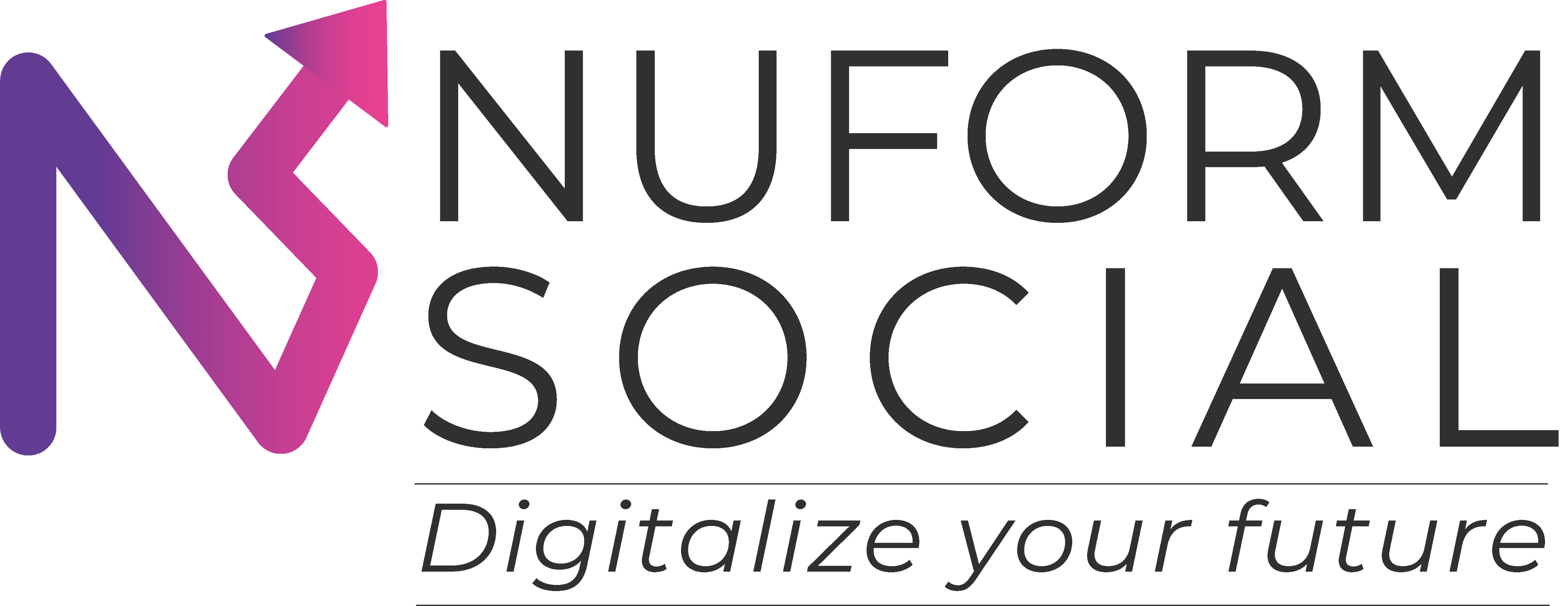What Are Buyer Intent Keywords? Boost Sales with Smarter SEO in 2025
In the world of digital marketing, traffic is only valuable if it converts. That’s where buyer intent keywords come in.
These powerful search terms help you attract users who are actively considering or ready to make a purchase. Whether you’re running an eCommerce store, offering services, or promoting affiliate products, targeting buyer intent keywords can make the difference between casual browsers and paying customers.
In this guide, we’ll explore what buyer intent keywords are, why they matter, how to identify them, and how to use them to increase your conversion rate, visibility, and revenue.
What Are Buyer Intent Keywords?
Buyer intent keywords are search phrases that reveal a user’s likelihood of making a purchase. These users aren’t just browsing—they’re further along in their buying journey, evaluating options, comparing prices, or ready to hit that “Buy Now” button.
Types of Buyer Intent Keywords:
- Low Intent (Commercial Intent):
Users are researching, comparing, and considering. Example: “best smartphones under $500”. - High Intent (Transactional Intent):
Users are ready to purchase. Example: “buy iPhone 15 with discount”.
Recognizing the difference between these two can help you align your content and advertising with each stage of the buyer’s journey.
Low-Intent Keywords: Nurturing the Consideration Stage
Low-intent keywords are used by users who are researching their options. They’re not quite ready to buy, but they are moving in that direction.
Examples include:
- best gaming laptops 2025
- top fitness trackers
- product comparison reviews
These types of keywords are perfect for:
- Product roundups
- Reviews and comparison articles
- “Top 10” lists
Why They Matter:
Even though they don’t always lead to instant purchases, low-intent keywords play a key role in nurturing potential customers. By providing informative, helpful content, you build trust and position yourself as the go-to brand when they are ready to convert.
High-Intent Keywords: Targeting Buyers Ready to Act
High-intent keywords are goldmines for conversions. These users are ready to make a decision and are searching for:
- buy now
- free shipping
- discount code
- brand name + product
Examples:
- buy Nike Air Max online
- cheap hosting plan with SSL
- deal on GoPro Hero 12
These keywords often appear in:
- Product landing pages
- Paid ad campaigns
- Checkout-focused CTAs
Tip:
While high-intent keywords can generate quick wins, they are usually more competitive and expensive for PPC campaigns. But their higher conversion rate makes the cost worth it—especially with proper landing page optimization.
Why Buyer Intent Keywords Matter
1. Drive More Conversions
Buyer intent keywords bring you closer to people ready to act. When your content or ads match what they’re searching for, conversions happen naturally.
For instance, someone searching for “best noise-cancelling headphones under $200” is not just curious—they’re looking to buy. Meet them with a well-crafted review or product recommendation, and you’re more likely to earn that click—and the sale.
2. Build Trust and Authority
Publishing high-quality content around buyer intent keywords helps you establish credibility. You’re answering questions, solving problems, and positioning your brand as an expert.
Use case studies, testimonials, reviews, and comparisons to show potential customers they can trust you.
3. Improve Organic Visibility
Targeting long-tail buyer keywords not only improves relevance but also reduces SEO competition. These specific phrases may have lower search volume—but they attract users with high conversion potential.
For example, instead of targeting “headphones,” aim for “best wireless headphones for workouts under $100.”
How to Find Buyer Intent Keywords
Let’s look at effective ways to identify buyer intent keywords without needing premium tools.
1. Use Free Keyword Research Tools
There are several free tools to help you discover keyword ideas, search volumes, and intent levels.
Recommended Tools:
• Google Ads Keyword Planner
Enter a seed keyword like “shoes,” and look for suggestions such as “buy shoes online,” “discount running shoes,” or “best shoes for flat feet.”
• Ubersuggest
Offers keyword ideas and shows related terms based on user intent.
• AnswerThePublic
Visualizes real-time search queries, great for low-intent informational keywords like “what is the best…?” or “how to choose…”
2. Analyze Google Autocomplete
Type your product or service in Google and observe what suggestions appear.
Example:
Typing “wireless earbuds” may show:
- wireless earbuds for gym
- wireless earbuds under 1000
- buy wireless earbuds online
These variations reveal what users are actively searching for—and their intent.
3. Check Google Related Searches
Scroll to the bottom of any search results page and you’ll see related searches. These provide additional insight into what potential customers are looking for.
Example:
Searching “web hosting” might display:
- best web hosting for beginners
- cheap hosting with free domain
- hosting with SSD and cPanel
4. Explore the "People Also Ask" Section
Google’s “People Also Ask” box is a goldmine for content inspiration and keyword discovery.
If someone searches “buy DSLR camera online,” the PAA box might show:
- Which DSLR is best for beginners?
- Where can I buy a camera with a warranty?
Answering these questions in your content increases visibility and builds trust.
5. Monitor Competitor Content
Analyze competitors’ product pages, blog articles, and meta tags. Look for recurring keywords or headlines focused on action words like:
- “best”
- “review”
- “buy now”
- “discounted”
Use their success to inform your own keyword and content strategies.
How to Use Buyer Intent Keywords Effectively
Once you’ve identified the right keywords, the next step is to strategically implement them.
1. Optimize Product Pages and CTAs
Include high-intent keywords in:
- Page titles
- Headings (H1, H2)
- Meta descriptions
- Button text (e.g., “Get 50% Off Now”)
2. Write Conversion-Focused Blog Posts
Use low-intent keywords for blog posts and guides like:
- “Top 10 Electric Bikes for City Riders”
- “Best Laptops Under $1000: Comparison Guide”
Link to your product pages with clear CTAs like “Shop Now” or “See Deals.”
3. Use in Ad Campaigns
In paid search ads, focus on transactional intent keywords to attract users ready to buy. Combine keywords with compelling ad copy like:
- “Buy Today – Free Shipping”
- “Top Rated by Customers”
- “Limited-Time Deals on [Product Name]”
4. Create Comparison and Review Content
Create in-depth content around keywords like:
- Product A vs Product B
- Best [category] for [use case]
- [Brand] review + alternatives
These types of content work especially well for affiliate marketing or SaaS promotion.
5. Monitor Keyword Performance
Use tools like Google Search Console and Google Analytics to track performance. Measure:
- Click-through rates
- Conversion rates
- Page rankings
- Bounce rates
Adjust your strategy based on what works best.
Real-World Example: “Buy Wireless Headphones”
Let’s say your eCommerce store sells audio equipment.
Low-Intent Keyword:
Best wireless headphones for gym workouts
Create a blog comparing models, their battery life, water resistance, etc.
High-Intent Keyword:
Buy wireless headphones online
Optimize your product pages, highlight offers, and include trust signals like reviews, delivery info, and secure checkout.
The result? A complete sales funnel powered by strategic keyword use.
FAQs About Buyer Intent Keywords
1. What are buyer intent keywords?
Search terms that indicate a user is ready to make a purchase.
2. How do I find buyer intent keywords?
Use tools like Google Keyword Planner, autocomplete, related searches, and review competitor content.
3. Are buyer intent keywords useful for SEO and PPC?
Yes, they drive targeted traffic in both organic and paid search.
4. What’s the difference between commercial and transactional intent?
- Commercial = research stage (e.g., “best laptops under $1000”)
- Transactional = ready to buy (e.g., “buy Dell laptop with coupon”)
Final Thoughts: Target the Right Keywords to Grow Your Business
Buyer intent keywords help you focus your content and advertising on the most valuable visitors—those ready to take action.
By understanding the difference between low and high intent, conducting smart research, and optimizing your content accordingly, you can:
- Attract qualified traffic
- Improve conversion rates
- Grow your revenue efficiently
Whether you’re in eCommerce, affiliate marketing, or lead generation, tapping into buyer intent is the smartest move you can make in 2025.






